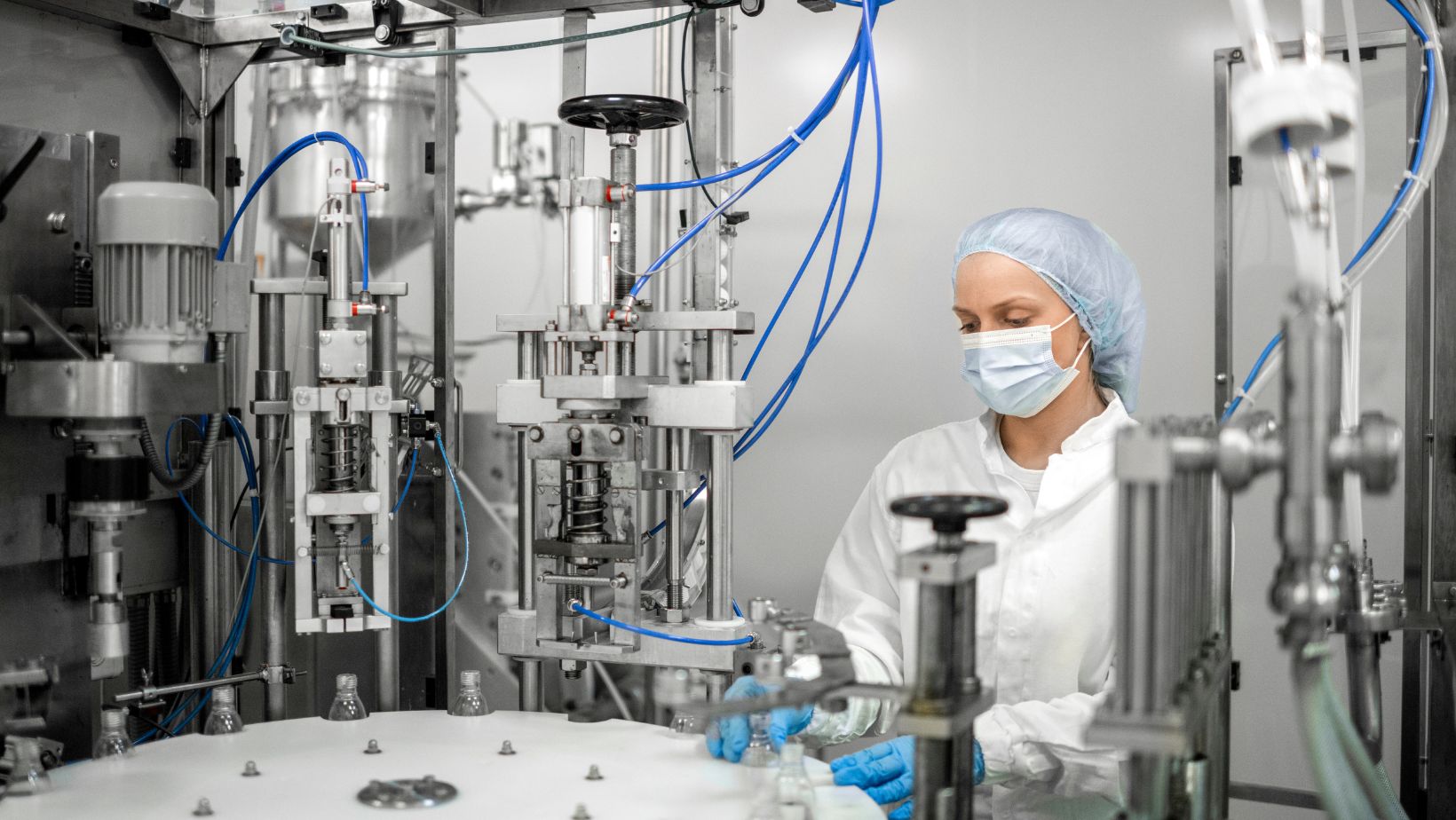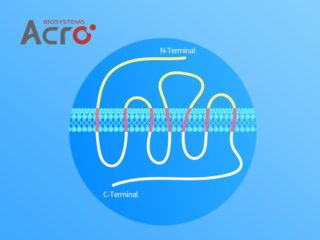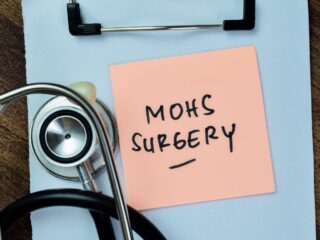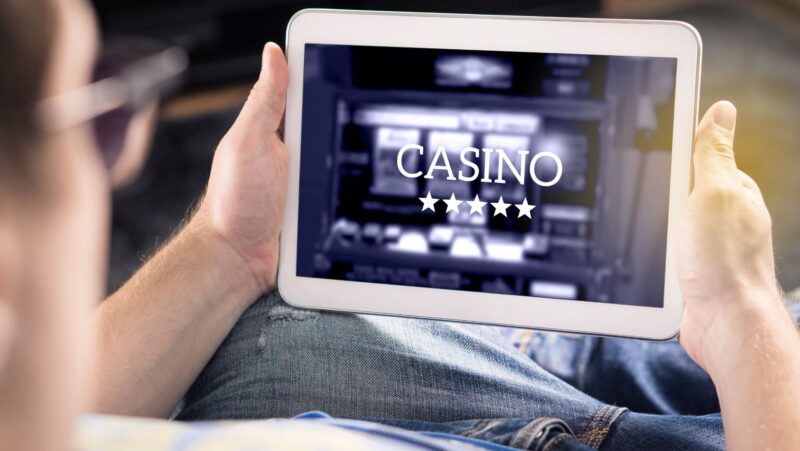
Medical device labeling is important because it serves as a vital conduit between the product and its consumers, going beyond its function as an informative tool alone. This vital piece of communication serves as a channel for user safety and knowledge in addition to disseminating crucial information about use, warnings, and regulatory compliance. The precise and culturally relevant translation of these labels becomes even more crucial when medical equipment enters international markets.
We go further into the best approaches for translating medical equipment labels in this extensive post. We prioritize precision, clarity, and strict adherence to international standards in addition to linguistic correctness. We want to shed light on the complex factors that support compliance and effective medical device labeling translations globally by exploring the nuances of this important process.
Navigating Regulatory Requirements
Navigating the complex web of regulatory regulations is a major difficulty in the translation of medical device labels. Regulations pertaining to the language, structure, and content of medical device labels vary throughout states and nations. In order to ensure that translated labels match regulatory requirements and local norms, best practices include thorough study on these rules. Working together with medical translators who are knowledgeable about local regulatory quirks is crucial to effectively navigating this challenging environment.
Cultural Adaptation in Labeling
Cultural sensitivity is essential to the efficacy of labeling on medical devices. Labels ought to connect with the target audience’s cultural norms and expectations in addition to being grammatically correct. Working with medical translators who are aware of the subtle cultural differences in the target market is one of the best practices. By doing this, you can be confident that the translated material will follow linguistic and cultural norms, improving user acceptability and understanding.
Utilizing Specialized Medical Translators
The complexity of medical device labeling makes it even more important to communicate technical information with clarity and accuracy. The involvement of translators with specific medical expertise is at the forefront of this crucial procedure. Their participation is not only advantageous but crucial since these specialists thoroughly comprehend sophisticated medical language. This guarantees that the translation is contextually precise and not just linguistically accurate.
Collaborating with these highly qualified medical translators is a strategic move that not only minimizes the inherent risk of errors but also guarantees the unassailable integrity of the information being conveyed. In this intricate dance of language and technicality, the expertise of these professionals becomes the bedrock upon which the efficacy and compliance of medical device labeling translations are firmly established.
Consistency Across Product Line
Maintaining consistency across the entire product line is crucial for effective medical device labeling. Best practices involve establishing a standardized set of terminology and formatting conventions.
This ensures that translations remain coherent and uniform across different languages. Companies should collaborate closely with medical translators to develop and maintain a comprehensive glossary, promoting consistency and reducing the likelihood of confusion among users.
Multilingual Labeling Design
Designing medical device labels with multilingual considerations is essential to accommodate translations without compromising visual appeal or information clarity. Best practices include working closely with both graphic designers and medical translators to optimize layout and formatting. Attention to design elements, such as font size, spacing, and visual cues, enhances the overall readability of translated labels. This collaborative approach ensures that the design complements the translated content, creating a seamless and visually engaging user experience.
Incorporating User Feedback
User feedback is a valuable resource for refining and improving translated medical device labels. Best practices involve actively seeking feedback from end-users in the target markets. This feedback loop allows companies to identify areas of potential confusion or ambiguity and make necessary adjustments.
Engaging with users ensures that translated labels are not only linguistically accurate but also resonate with the practical needs and expectations of the intended audience.
Risk Assessment and Mitigation
Ensuring the accuracy and efficacy of medical device labeling may be impacted by language or cultural issues; thus, a comprehensive risk assessment must be carried out before beginning the translation process. Creating a thorough risk mitigation plan that anticipates and tackles possible problems is one of best practices. To detect and resolve such problems before they affect the caliber of the translated documents, project managers, regulatory specialists, and medical translators must work together and communicate constantly.
In conclusion, a planned and cooperative strategy is needed for successful translation of medical device labels. Companies may confidently launch their medical devices into international markets by following these best practices, guaranteeing that consumers obtain information that is accurate, culturally relevant, and compliant. Working with specialist medical translators who are familiar with the subtleties of the healthcare sector is essential to producing translations that are up to the highest standards of accuracy and lucidity.














